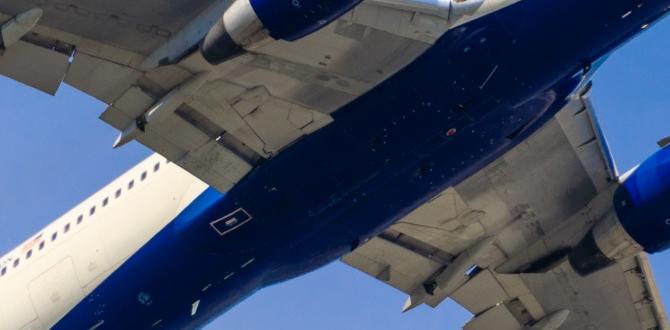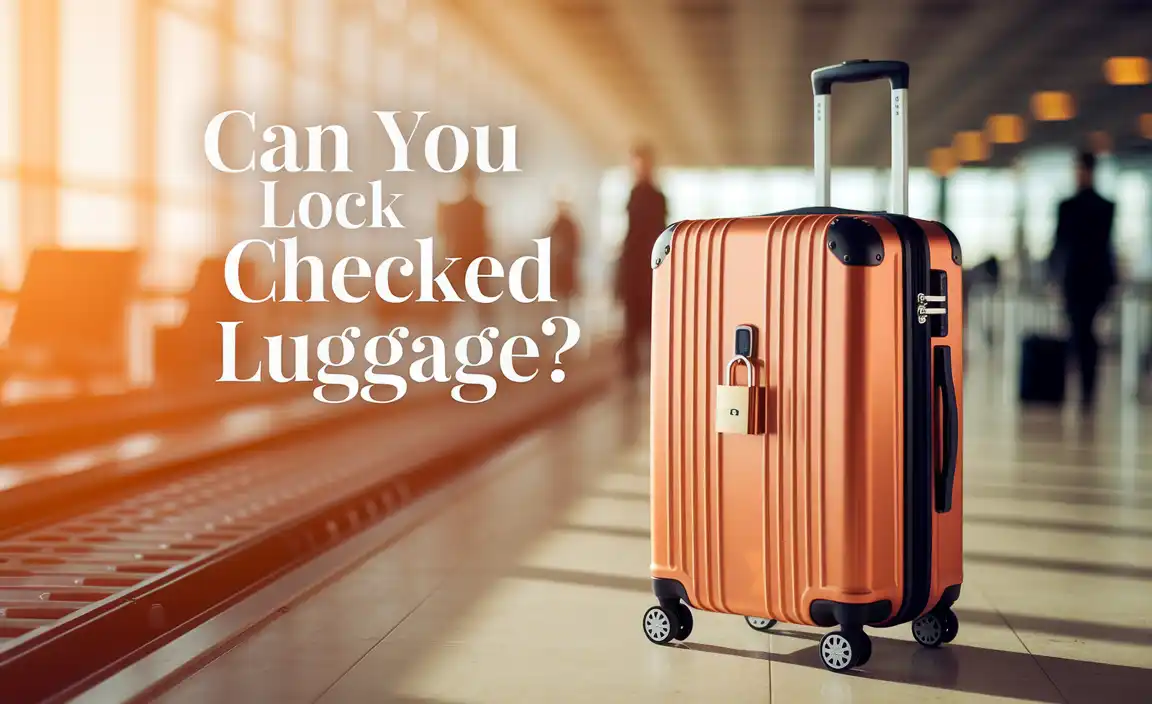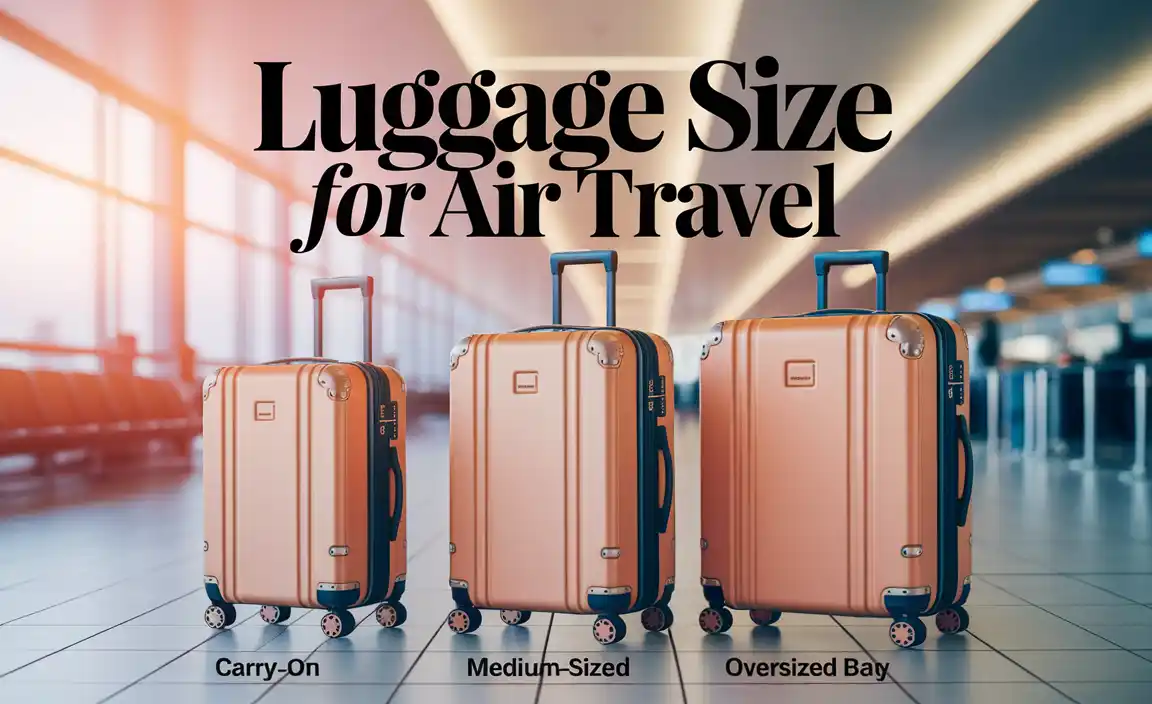Getting from El Dorado International Airport (BOG) to the city center of Bogota has never been easier! This guide breaks down all your transport options, from budget-friendly buses to convenient taxis and ride-sharing services. Find the best, safest, and most efficient way to start your Bogota adventure stress-free.
Welcome to Bogota! Landing at El Dorado International Airport (BOG) is the first step in your Colombian journey. For many travelers, the immediate question is: “How do I get from the airport to my hotel or accommodation?”
It can feel a bit overwhelming with new sights and sounds, especially after a long flight. But don’t worry! We’re here to make this transition smooth and simple. Think of this as your friendly guide, packed with all the essential information you need to navigate your way into the vibrant heart of Bogota. We’ll cover everything from official transport services to getting the best rates. Ready to get started on your Bogota exploration?
Understanding El Dorado International Airport (BOG)
El Dorado International Airport is Bogota’s main airport and is one of the busiest in South America. It’s a modern facility with two terminals: Terminal 1 (International and Domestic flights) and Terminal 2 (primarily for charter and some low-cost carriers). Navigating the airport itself is usually straightforward, but knowing your transport options beforehand will save you time and potential hassle upon arrival.
Your Direct Routes: Airport Shuttles and Public Buses
When arriving at BOG, you have a couple of reliable and often economical ways to head directly into the city. These options are well-used by both locals and tourists, offering a more authentic travel experience.
Airport Shuttles (TransMilenio Bus System)
Bogota’s main public transport system is the TransMilenio, a Bus Rapid Transit (BRT) network. This is a very popular and affordable way to get from the airport to various parts of the city.
How it Works: Look for the designated TransMilenio bus stops outside the airport terminals. There are specific routes designed to connect BOG to the city’s main transport hubs.
Key Routes: The most common route for airport travelers is the Aero-Bus K86 or K86/L86 service. This route connects directly to the main TransMilenio corridor, allowing you to transfer to other lines to reach your final destination.
Cost: This is one of the most budget-friendly options. You’ll typically need to purchase a “TuLlave” card, which is Bogota’s transport card, for a small fee, and then load it with credit. The fare itself is very low.
Where to Buy Your Card: You can usually purchase the TuLlave card and load credit at kiosks or machines within the airport or near the bus stops.
Travel Time: Depending on traffic conditions, a journey to a central area can take anywhere from 45 minutes to over an hour.
Private Airport Shuttles
Several private companies offer shuttle services from BOG directly to major hotels or specific city areas. These are generally more comfortable than public buses and can be a good option if you prefer a more direct, pre-booked service.
Booking: These can often be booked in advance online or upon arrival at designated counters within the airport.
Pros: Often more comfortable, direct drop-off at your accommodation, fixed prices.
Cons: Can be more expensive than public transport.
Taxis: Convenience and Availability
Taxis are a readily available option at El Dorado Airport and can be a convenient choice, especially if you have luggage or are traveling with family. However, it’s crucial to use official, reliable services to ensure your safety and avoid overcharging.
Official Airport Taxis
Look for Designated Ranks: When you exit the arrivals hall, follow the signs for official airport taxis. These are usually well-marked and operate under regulated fares agreed upon with the airport authority.
Metered Fares: Insist that the driver uses the meter (“laكثرa”). If they are reluctant or try to negotiate a fixed price, it’s often a sign that you might be overcharged.
Safety: Official taxis are generally safer. They are identifiable by their color (often yellow) and specific airport markings.
Cost: Fares vary depending on your destination and traffic. Expect to pay more than public transport, but typically less than a private transfer. It’s a good idea to have an approximate idea of the fare to your destination, which you can get from your hotel or by checking taxi apps.
Payment: Most official taxis accept cash. Some may accept major credit cards, but it’s best to confirm this beforehand.
Rideshare Apps (Uber, Didi, Cabify)
Rideshare apps are a popular and often cost-effective alternative to traditional taxis in Bogota. They offer convenience through in-app booking, fare estimates, and cashless payments.
How it Works: Download the app of your preferred service (Uber and Didi are widely used in Bogota). You’ll need a local SIM card with data or rely on airport Wi-Fi to book.
Pickup Points: Rideshare services typically have designated pickup zones at the airport. Follow the app’s instructions or airport signage to find these.
Safety: Using apps provides a record of your journey and driver details, which adds a layer of security. Always verify the car and license plate match the app’s details before getting in.
Cost: Generally competitive with or sometimes cheaper than official taxis, especially if traffic is light. Fares are estimated upfront.
Payment: Payment is usually handled automatically through the app via your linked credit card or digital wallet.
For a comprehensive understanding of transportation options and to plan your routes within the city, the official website for Bogota’s integrated public transport system, TransMilenio, can be a valuable resource: www.transmilenio.gov.co/en.
Private Transfers: Premium Comfort
For those seeking the utmost comfort and convenience, especially after a long flight or when traveling with significant luggage or young children, pre-booked private transfers are an excellent option.
What They Offer: A driver will meet you at arrivals, assist with your luggage, and take you directly to your accommodation in a private vehicle.
Booking: These services are best booked in advance through reputable transfer companies or your hotel. This ensures a seamless experience upon arrival.
Pros: Door-to-door service, no waiting, professional assistance, comfortable vehicles, fixed pricing.
Cons: This is typically the most expensive option.
Travel Time: Similar to taxis or ride-sharing, but often with less hassle.
Comparing Your Options: A Quick Overview
To help you decide, here’s a table summarizing the key features of each transport method from Bogota Airport to the city:
| Transport Method | Estimated Cost (USD) | Approx. Travel Time (to Central Bogota) | Pros | Cons |
|---|---|---|---|---|
| TransMilenio Bus | $1 – $3 (with TuLlave card) | 45-75 minutes (depending on traffic & transfers) | Most affordable, direct access to city transit network | Can be crowded, requires transfers, may not go directly to your hotel |
| Official Airport Taxis | $10 – $20 (metered fare) | 30-60 minutes (depending on traffic) | Readily available, door-to-door service, regulated fares | Can be more expensive than public transport, risk of overcharging if meter isn’t used |
| Rideshare Apps (Uber, Didi) | $8 – $18 (estimated fare) | 30-60 minutes (depending on traffic) | Convenient app booking, upfront pricing, cashless payment, good safety features | Requires data/Wi-Fi, designated pickup points, availability can fluctuate |
| Private Transfer | $30 – $60+ (depending on vehicle/company) | 30-50 minutes | Ultimate convenience, door-to-door, luggage assistance, pre-booked | Most expensive option |
Note: Prices are estimates and can fluctuate due to exchange rates, traffic, and specific service providers. Always confirm current pricing.
DIY Transport: Navigating Bogota’s TransMilenio System
For the adventurous and budget-conscious traveler, mastering the TransMilenio system is incredibly rewarding.
1. Arrive and Locate the Station: Upon exiting baggage claim, follow signs for “TransMilenio” or “Transporte Público”. The airport station is usually well-signposted.
2. Get Your TuLlave Card: You need a “TuLlave” card to ride. Head to a ticket counter or an automated machine near the station entrance. Purchase the card (it has a small upfront cost) and load it with enough credit for your intended trips. You can usually buy these with cash or card, but it’s good to have pesos on hand.
3. Find the Right Bus: For the airport route, you’ll be looking for the Aero-Bus (K86/L86). These buses will have clear signage indicating their route and destination. The station platform will have maps and signage to guide you.
4. Boarding: Once you’ve identified the correct bus, tap your TuLlave card on the reader at the entrance. Each tap deducts the fare.
5. Transfers: The K86/L86 route will take you to a major station where you can transfer to other TransMilenio lines. Listen for announcements or check station maps to find the correct platform for your next bus. Transfers within a certain time window are usually included in the initial fare.
6. Riding Safely: Be aware of your belongings, especially during peak hours. Hold on to poles or seats as the buses can accelerate and brake quickly.
For families traveling with young children, managing luggage can be a concern. The TransMilenio can be manageable, but having a lightweight, streamlined travel system is key. If you’re traveling with infants or require adult and child diapers for any reason, packing discreet and absorbent options from brands like Depend or Evenflo can provide peace of mind and comfort during your travel days. Opting for overnight versions can be particularly useful for long journeys or unexpected delays.
Navigating Taxi Scams and Safety Tips
While Bogota is generally a safe city for tourists, it’s wise to be aware of potential taxi scams.
Always Use Official Services: As mentioned, stick to taxis from the official airport rank or reputable companies. If you’re unsure, ask your hotel to call one for you.
Meter is Key: Always insist on the meter. If a driver refuses or wants to quote a high fixed price, politely decline and find another taxi.
Familiarize Yourself with Routes: Have a general idea of the route your driver is taking. If you have a GPS on your phone, you can follow along. Unusually long or circuitous routes could be a red flag.
Confirm the Fare: Before you start driving, you can ask the driver for an estimated fare to your destination. This gives you a baseline understanding.
Beware of “Helpful” Strangers: Be cautious of individuals approaching you in the arrivals hall offering “help” with taxis or transport at unusually low prices. Stick to official channels.
* Secure Your Belongings: Keep your luggage and personal items in sight and secured.
What to Pack for Comfort and Convenience
Beyond just airport transport, thinking about your overall travel comfort is vital. For those who manage incontinence, having peace of mind with reliable protection is essential. Brands offering adult diapers that are discreet and absorbent, like TENA or Prevail, can make long flights and city exploring much more comfortable.
Similarly, parents traveling with children can ensure their little ones are protected with high-quality child diapers. Brands like Pampers Swaddlers or Huggies Little Movers offer excellent absorbency and fit, crucial for preventing leaks during transit and hotel stays. Packing these items in your carry-on or a readily accessible portion of your luggage means you’re prepared for any situation, allowing you to focus on enjoying your trip.
Conclusion
Navigating from El Dorado International Airport (BOG) to the bustling streets of Bogota is a straightforward process when you know your options. Whether you prioritize the lowest cost with the TransMilenio, the convenience of a regulated taxi, the app-based ease of ride-sharing, or the ultimate comfort of a private transfer, Bogota has a solution for every traveler.
By planning ahead and choosing the method that best suits your needs and budget, you can ensure a smooth and stress-free arrival, allowing you to immediately dive into exploring all that this incredible city has to offer. Safe travels!
Frequently Asked Questions
Q1: What is the cheapest way to get from Bogota Airport to the city?
A1: The cheapest way is by using the TransMilenio bus system. You’ll need to purchase a TuLlave card and load it with credit for fares, making it a very economical choice.
Q2: Is it safe to take a taxi from El Dorado Airport?
A2: It is safe if you use official airport taxis or reputable rideshare apps. Always ensure the taxi is official, has a meter, and that you confirm the fare. Avoid unofficial solicitations.
Q3: Can I use Uber in Bogota?
A3: Yes, Uber, Didi, and Cabify are widely used and legal in Bogota. You can book them via their apps, and they offer a safe and convenient way to travel from the airport.
Q4: How much does a taxi from BOG to the city center cost?
A4: An official metered taxi will typically cost between $10 to $20 USD, depending heavily on traffic and your exact destination. Rideshare apps often offer similar or slightly lower estimated fares.
Q5: Do I need cash for airport transport in Bogota?
A5: For TransMilenio, yes, you’ll need cash to buy the TuLlave card and load credit initially. For taxis, cash is preferred, though some may accept cards. Rideshare apps are cashless. It’s always good to have some Colombian Pesos (COP) on hand.
Q6: How can I get to my hotel directly from the airport?
A6: Official taxis, rideshare apps, or pre-booked private transfers will take you directly to your hotel. The TransMilenio bus system will get you to a main station where you might need to take another bus or taxi to your final destination.
Q7: What if I have a lot of luggage or am traveling with children?
A7: For significant luggage or travel with children, a taxi, rideshare, or pre-booked private transfer will be more comfortable than the TransMilenio. If using the bus, try to travel during off-peak hours.






